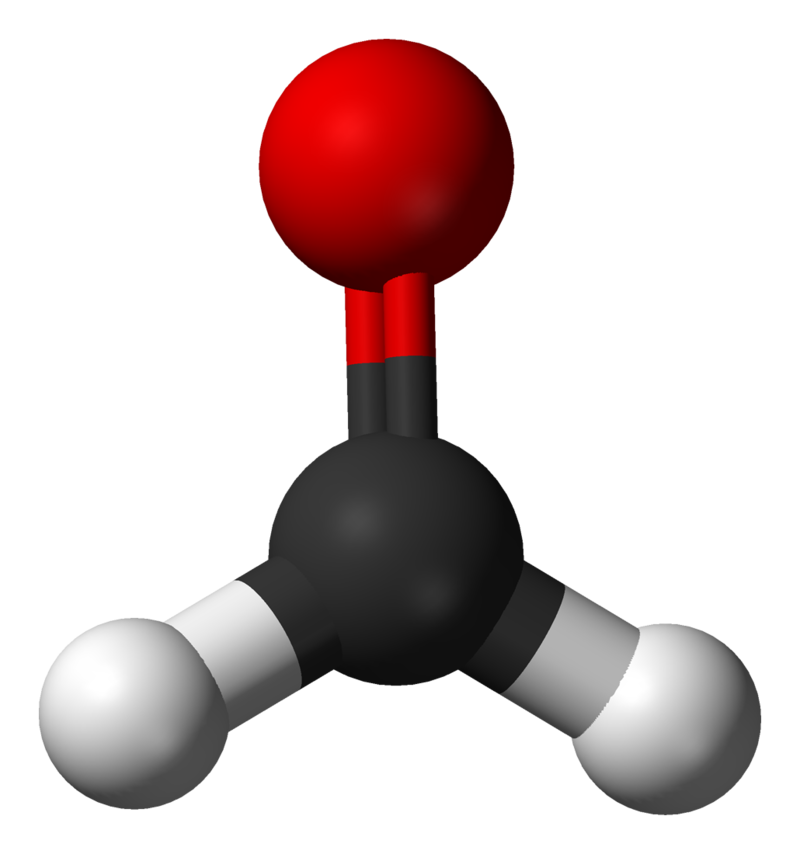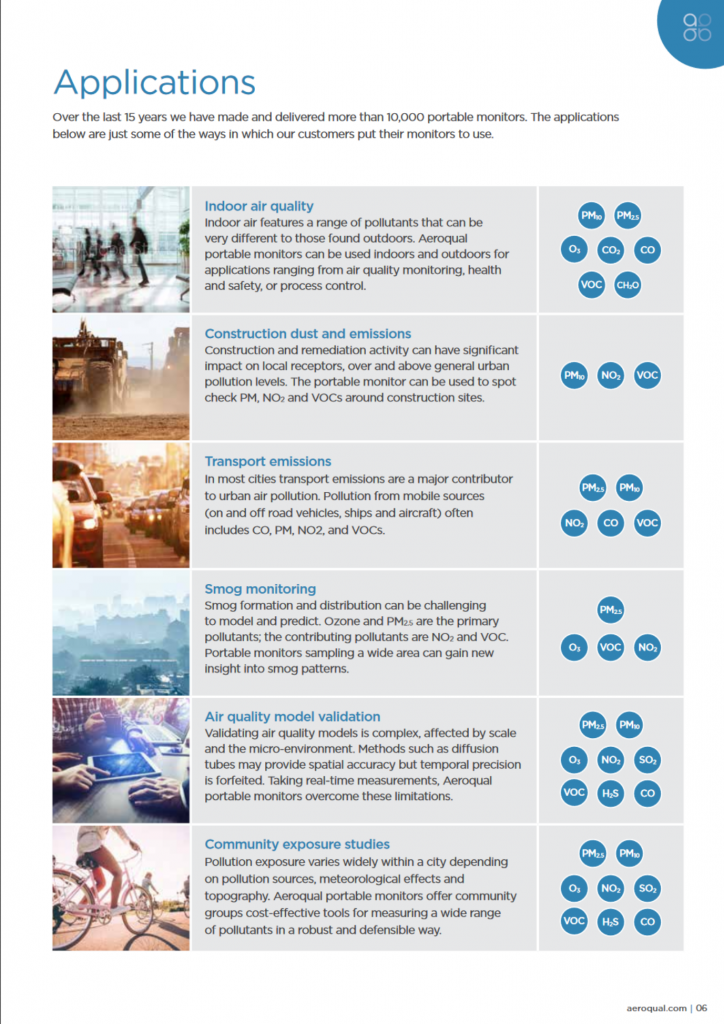Formaldehyde, with its chemical formula CH2O, is a highly-reactive, colorless, and poisonous gas. It is formed through the oxidation of methanol and stands as the simplest aldehyde, playing a pivotal role as a precursor to numerous compounds. This chemical finds applications across various industries, serving as a laboratory preservative, contributing to textile manufacturing, and participating in the synthesis of plastics and fertilizers.
Names and Numbers:
Other Names: Methanal, Formalin
Chemical Formula: CH2O
CAS Number: 50-00-0
Industry Uses:
Formaldehyde is widely utilized in laboratory settings as an antiseptic, disinfectant, fixative, and preservative. Its presence is not limited to controlled environments, as it can be found in the environment through smoke from fires, automobile exhaust, and even cigarette smoke. Notably, formaldehyde is flammable and corrosive, highlighting the importance of understanding its properties.
Health Risks:
Exposure to formaldehyde can result in various health risks. The chemical is harmful if swallowed, inhaled, or comes into direct contact with the skin. Common symptoms include irritation of the eyes, skin, and mucous membranes, as well as headaches and dizziness. Long-term exposure to formaldehyde is particularly concerning, as it is a known carcinogen and can lead to menstrual and sterility disorders in women.
Safety Regulations:
Understanding the potential risks, regulatory bodies have established exposure limits to safeguard individuals. The Environmental Protection Agency (EPA), the National Institute for Occupational Safety and Health (NIOSH), and the Occupational Safety and Health Administration (OSHA) have set exposure limits to protect against various concentrations of formaldehyde. Regular monitoring and adherence to these limits are crucial for maintaining a safe environment.
Exposure Limits:
- 0.9 ppm (AEGL-1, 8 hrs) – EPA
- 14 ppm (AEGL-2, 8 hrs) – EPA
- 100 ppm (AEGL-3, 10 min) – EPA
- 35 ppm (AEGL-3, 8 hrs) – EPA
- 0.1 (C, 15 min) – NIOSH
- 0.016 ppm (TWA, 8 hrs) – NIOSH
- 2 ppm (Short Term) – OSHA
- 0.75 ppm (TWA) – OSHA
Sources: NIOSH, OSHA, EPA
Monitoring and Measurement:
To mitigate risks associated with formaldehyde exposure, monitoring its concentration in the air or water is essential. Measured in parts per million (ppm), formaldehyde concentration can be assessed using various monitoring tools. These include portable, fixed, and dissolved formaldehyde monitors and kits. Regular calibration of these monitoring devices is crucial, ensuring accurate measurements and adherence to safety standards.
Calibration Services:
To maintain the effectiveness of monitoring devices, regular calibration is necessary. Calibration services are available, with costs varying based on the specific components and devices. It is essential to stay informed about calibration requirements and to choose the right monitor for your application.
Calibration Costs:
- Calibration Fee: $150
- Analyzer Calibration Fee: $300
- PM Calibration Sensor Fee: $330
- Genie Calibration Fee: $265
- ATI Calibration Fee: $205
Note that prices are subject to change based on labor and parts required.
In conclusion, formaldehyde, with its diverse applications, requires careful handling and monitoring to ensure the safety of individuals and the environment. Understanding its properties, adhering to exposure limits, and regular monitoring through calibrated devices are key steps in minimizing the risks associated with formaldehyde exposure. If you need assistance in choosing the right monitoring solution for your application, feel free to contact us for expert guidance.
All of our Formaldehyde monitors can be found here: https://www.gas-sensing.com/support/gas-information/formaldehyde.html


